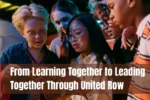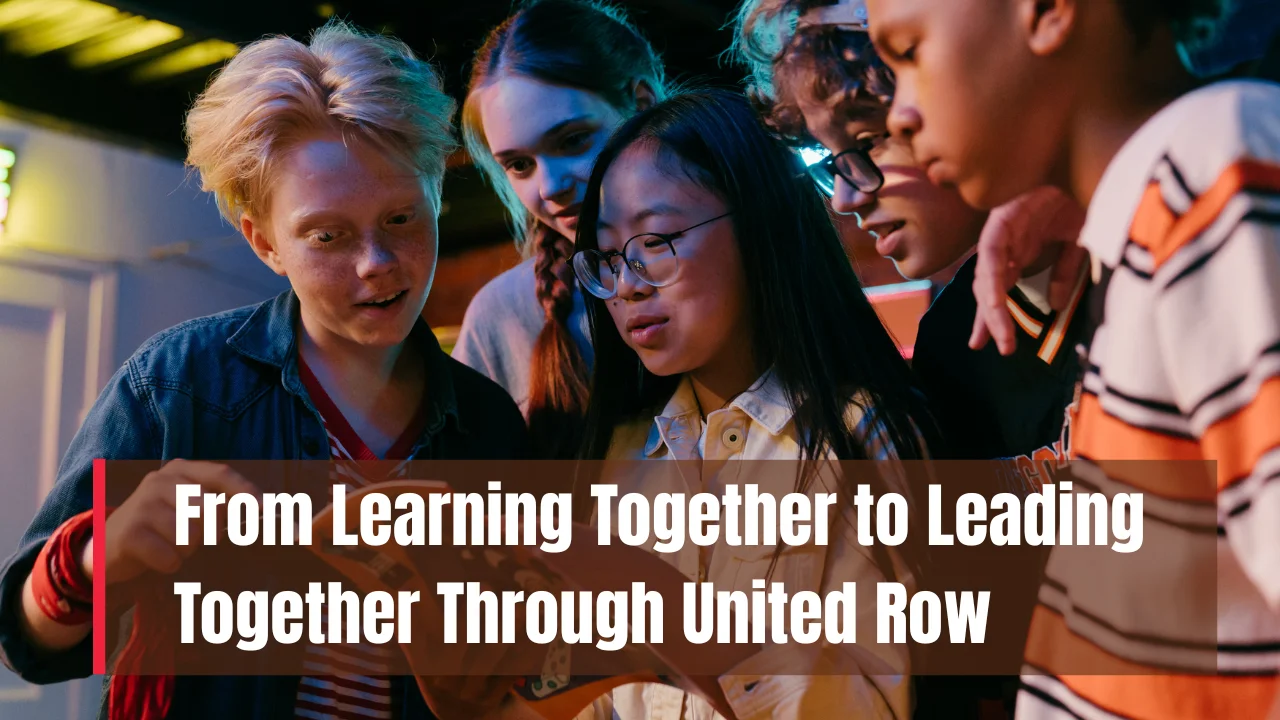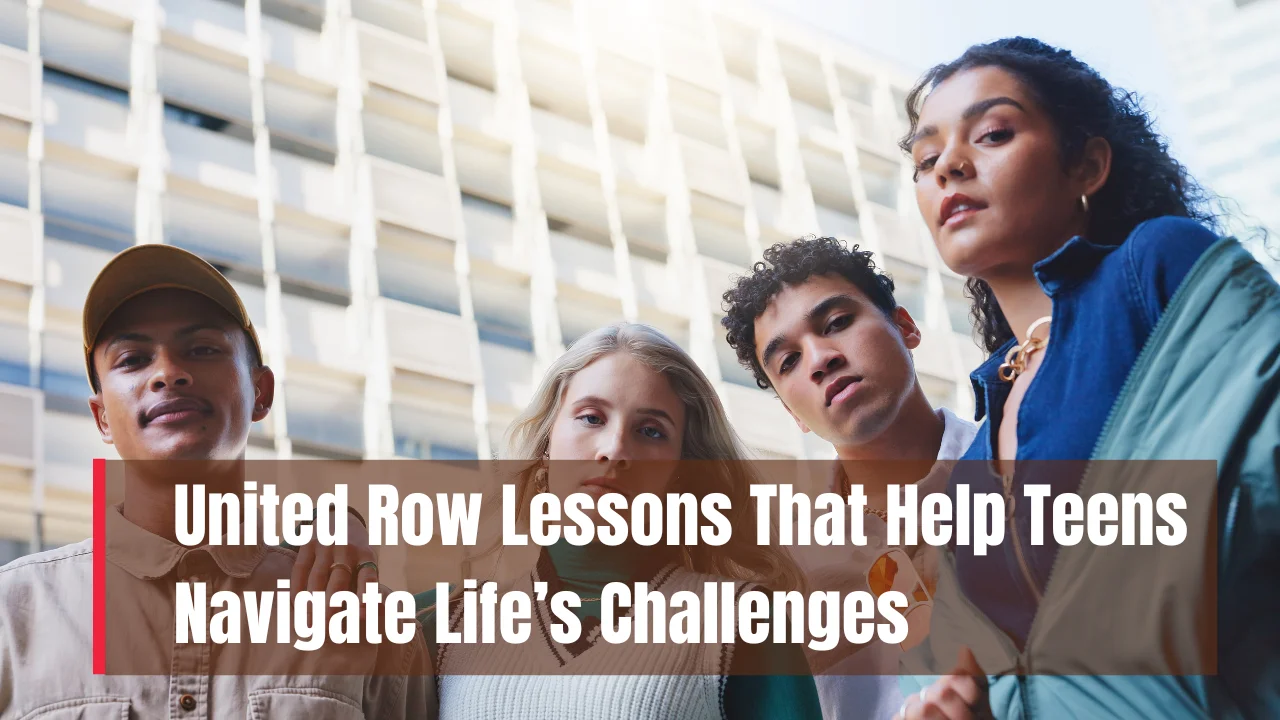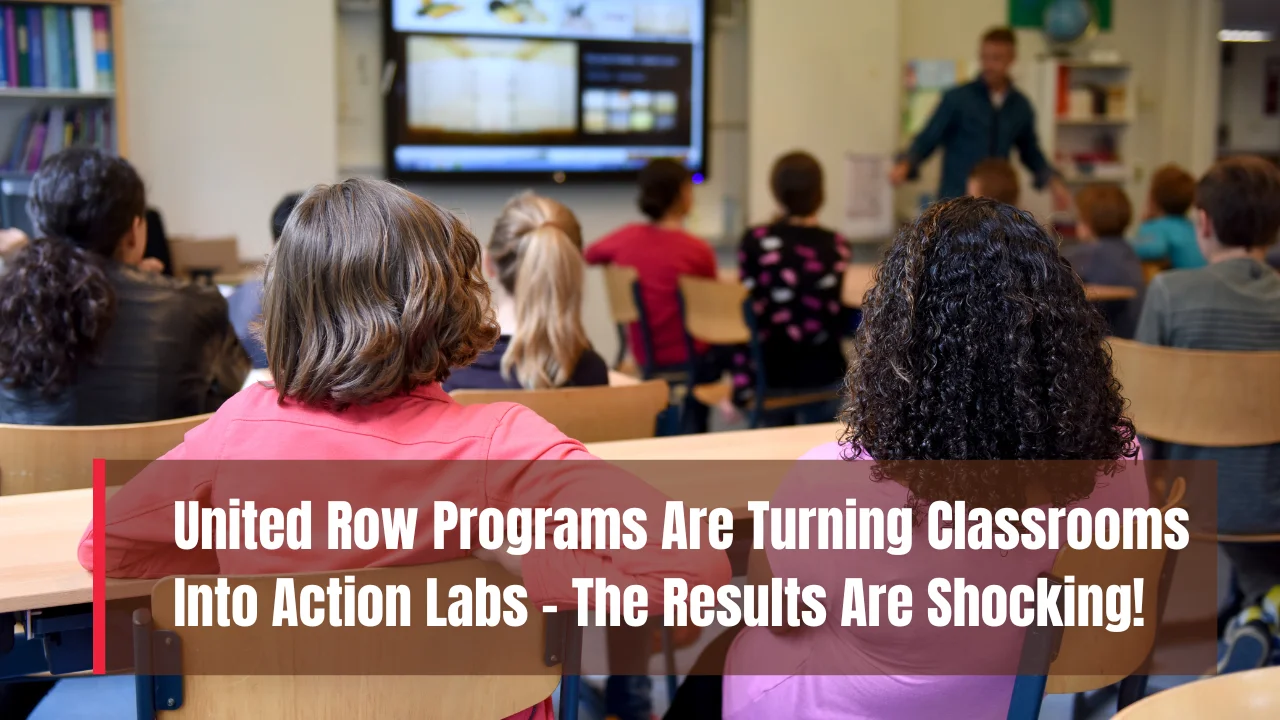United Row Projects: United Row Projects are redefining how students interact with both the environment and their physical health by blending outdoor science learning with the sport of rowing. This approach brings a new level of engagement and hands-on experience that traditional classroom teaching often lacks. Instead of reading about ecosystems, students actively collect water samples. Instead of lectures on teamwork, they row in unison with their peers.
This article explores the growing movement behind these innovative projects. It outlines how educators and coaches are combining athletic development with environmental awareness to create long-term positive change. We’ll look at what makes these programs successful, how schools are implementing them, and why they are becoming a popular model for learning across age groups and disciplines.
United Row Projects That Blend Environmental Science With Athletic Learning
United Row Projects serve as a practical bridge between environmental science and physical education. These programs use rowing—whether in rivers, lakes, or other bodies of water—as a platform for teaching students about ecology, pollution, climate change, and teamwork. The combination of physical endurance and scientific exploration makes this method effective for engaging learners at multiple levels. Students aren’t just rowing—they’re observing, analyzing, and acting as environmental stewards. By tying in sport with purpose, these projects offer unique learning that’s memorable and meaningful.
Overview of United Row Projects
| Key Element | Description |
| Concept | Combines rowing with hands-on environmental learning |
| Target Audience | Middle school, high school, and university students |
| Core Activities | Rowing, water testing, litter collection, wildlife observation |
| Primary Goals | Environmental awareness, fitness, and teamwork |
| Learning Outcomes | Ecosystem understanding, critical thinking, physical strength |
| Equipment Needed | Boats, paddles, safety gear, sample kits, notebooks |
| Best Locations | Lakes, rivers, coastal regions with access to clean water |
| Program Duration | One-day events to full academic semesters |
What Are United Row Projects?
At their core, United Row Projects are designed to provide experiential education through sport. These initiatives take students out of the classroom and onto the water, where they perform environmental tasks while developing rowing skills. The blend of action-based learning and ecological awareness is ideal for schools looking to implement cross-disciplinary programs.
Rather than learning from textbooks alone, students involved in these projects gain firsthand exposure to real-world problems like water pollution, erosion, and biodiversity loss. It’s a chance to turn scientific theory into tangible action while improving their physical fitness and coordination. These projects are structured, supervised, and tailored to fit various age groups, making them adaptable and impactful in different educational settings.
Why Blending Sports and Environmental Science Works
There’s a natural synergy between rowing and environmental science. Both require observation, patience, and awareness. When combined, they become powerful teaching tools. Physical education often emphasizes discipline, goal-setting, and endurance. Environmental science focuses on systems thinking, problem-solving, and environmental responsibility.
United Row Projects use the strengths of both disciplines to deliver a comprehensive learning experience. Students not only learn how to row but also understand the conditions of the water they’re navigating. They become more aware of their surroundings, make scientific observations, and learn how their actions affect ecosystems. This balance between mind and body leads to more engaged, thoughtful, and socially responsible learners.
Benefits of United Row Projects
- Physical Development: Rowing is a full-body workout, improving strength, flexibility, and endurance.
- Active Learning: Real-world science experiments replace traditional lectures.
- Improved Teamwork: Students learn how to communicate and row together, boosting unity.
- Environmental Responsibility: Firsthand interaction with nature builds empathy and care for the planet.
- Engagement Across Subjects: Links are created between science, health, geography, and leadership.
These benefits extend beyond the project itself, helping students apply their skills in both academic and life situations.
Real-World Examples
Across the globe, schools and youth organizations are initiating United Row Projects that create lasting community impact. In New Zealand, students row across coastal waters to collect marine plastic samples. In the U.S., high schoolers partner with local water agencies to test water quality and track data over the school year. These projects have reduced litter, increased student engagement in science, and built stronger partnerships between schools and environmental groups.
In every case, students come away with a stronger understanding of their role in environmental health, and they carry those lessons with them far beyond the classroom or boat.
How Schools Are Adopting This Model
Many schools are adapting United Row Projects into their curriculum by forming partnerships with local rowing clubs and environmental nonprofits. This collaboration provides access to boats, trainers, and scientific tools. Teachers work with these groups to align rowing-based activities with science standards, ensuring that the learning outcomes are not just physical but also academic.
Schools also incorporate the model into after-school programs, weekend workshops, or summer camps. This flexibility allows for broad adoption, regardless of school size or location. Even urban schools are finding creative ways to use local water bodies and parks for similar activities.
Key Elements of a Successful Project
- Access to Water: Safe and nearby water bodies are essential for regular rowing and research.
- Trained Facilitators: Coaches and science educators must work together to guide students.
- Student Ownership: Letting students lead some tasks increases confidence and retention.
- Defined Learning Goals: Outcomes should include physical skills, scientific knowledge, and environmental ethics.
- Affordable Equipment: Simple gear makes projects more accessible to underfunded schools.
With these core elements in place, schools can build long-term programs that evolve year after year.
Skills Students Gain Through United Row Projects
Students engaged in these projects gain more than just muscles and lab reports. They develop:
- Critical observation through nature-based data collection
- Leadership by guiding their peers on group projects
- Confidence from physical achievement
- Environmental literacy by directly engaging with ecosystems
- Collaboration through synchronized rowing and shared scientific tasks
These skills are transferable to both higher education and real-world jobs in science, sustainability, health, and leadership.
Tools and Equipment Used
Most United Row Projects can start with basic resources: sturdy rowing boats, paddles, life jackets, water sample kits, notebooks, and some simple digital tools. Schools with more resources might use drones for aerial ecosystem studies or tablets to record and share data. Regardless of budget, the aim is to keep the setup practical and safe, focusing more on engagement than expensive gear.
Teachers and coaches should also consider eco-friendly practices, like reusable sample containers and clean energy options for support boats if used.
Steps to Start Your Own United Row Project
- Identify a safe, accessible water body near your school or community.
- Reach out to local rowing clubs, environmental groups, or marine biologists.
- Develop a curriculum or program outline that balances fitness and science.
- Gather necessary permits, insurance, and safety gear.
- Train staff and volunteers before launching the project.
- Start small with trial sessions and expand based on student feedback.
With commitment and collaboration, any school can initiate a successful United Row Project regardless of budget or location.
Two Important Areas Where United Row Projects Shine
• Community Impact: Students work directly in their environment, contributing to cleaner waterways and stronger community involvement. Their efforts often inspire broader local initiatives.
• Cross-Discipline Learning: These projects connect multiple subjects—science, PE, geography, social studies—into one unified activity. It helps students see the bigger picture of how everything is connected.
Final Thoughts
United Row Projects are more than just creative school programs—they’re life-changing experiences. By fusing athletic discipline with ecological exploration, they build stronger minds, bodies, and communities. These projects show students that they are not just learners but doers. They become active protectors of their environments and better teammates in life.
If you’re an educator, coach, or parent, now is the time to think beyond traditional classrooms. Help launch or support a United Row Project in your area. It’s a step toward smarter, healthier, and more environmentally aware generations.
FAQs
The main goal is to blend rowing with environmental science education, helping students learn through action and teamwork.
Yes, no prior rowing experience is required. Most programs offer beginner training and focus on safety.
Not necessarily. Many projects start small with basic gear and grow through partnerships and community support.
They can range from one-day events to full semester courses, depending on the program’s structure and objectives.
Yes, many cities have accessible rivers or lakes that can host rowing and environmental study programs.












